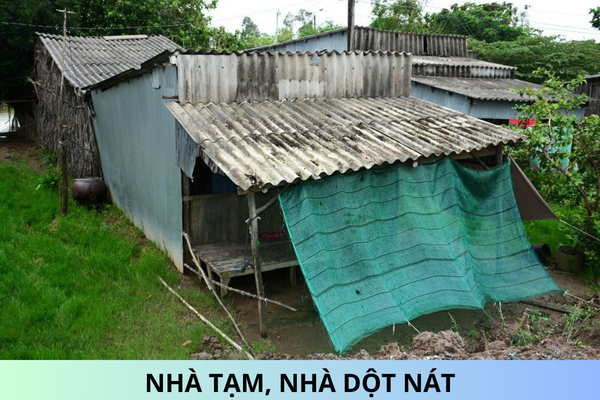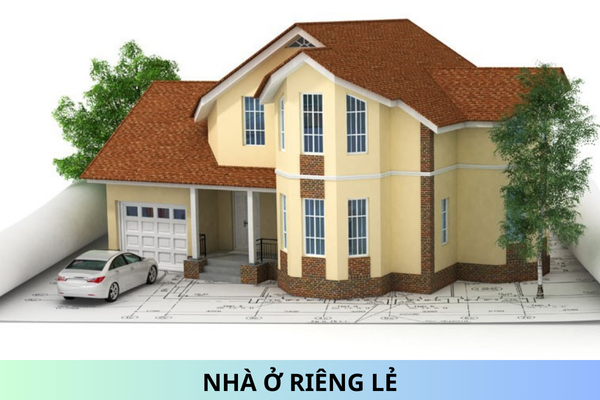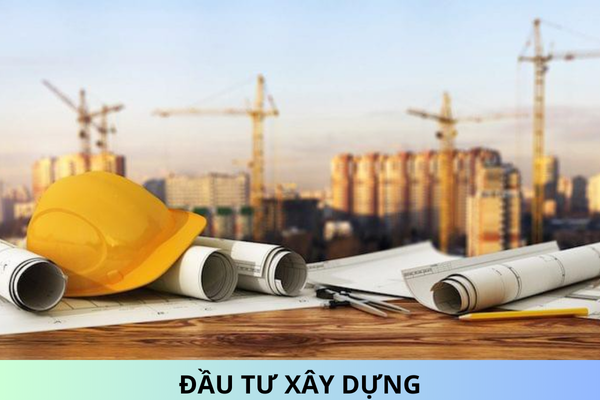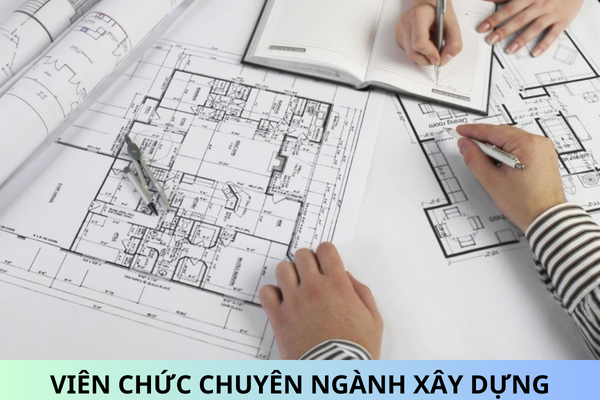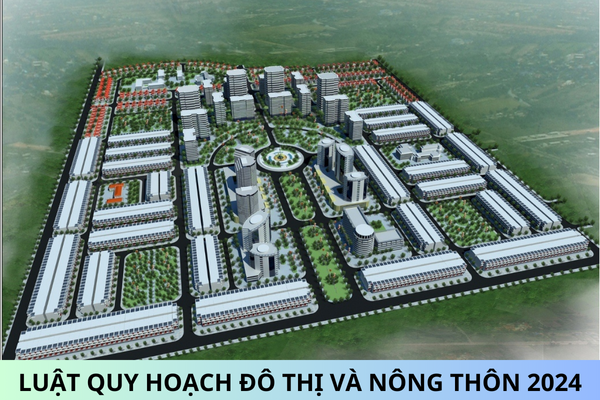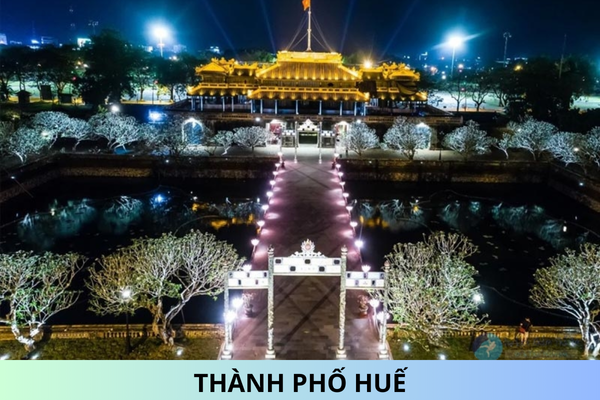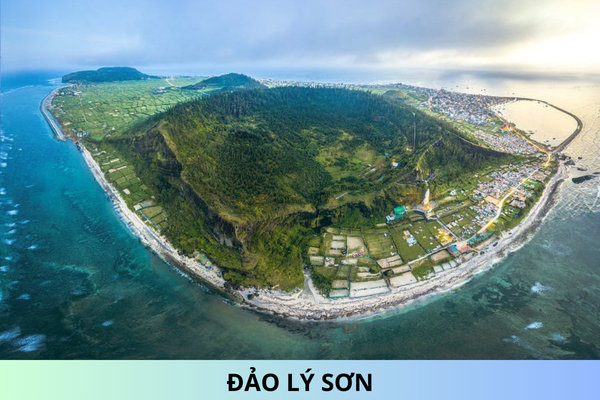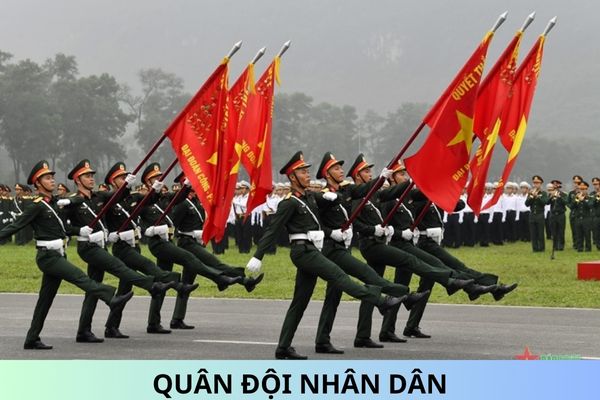What is the employer's responsibility to establish and implement safety measures in construction in Vietnam?
What is the employer's responsibility to establish and implement safety measures in construction in Vietnam? Before and during the construction process, what must employers rely on to ensure safety in Vietnam? In construction, what is dangerous zone on construction site and area surrounding the construction site in Vietnam?
Please advise. Thankyou.
What is the employer's responsibility to establish and implement safety measures in construction in Vietnam?
In 2.1.1.1 Section 2 issued together with the National Technical Regulation on safety in construction QCVN 18:2021/BXD stipulates as follows:
Employers are responsible for establishing and implementing safety measures and other necessary measures to:
a) Protect people working on the construction site and people in the surrounding area from risks of health deterioration, injury, and death arising from the construction site;
b) Ensure hygiene and environment inside and outside the construction site.

What is the employer's responsibility to establish and implement safety measures in construction in Vietnam? (Image from the Internet)
Before and during the construction process, what must employers rely on to ensure safety in Vietnam?
In 2.1.1.2 Section 2 issued together with the National Technical Regulation on safety in construction QCVN 18:2021/BXD stipulates as follows:
Before and during the implementation of construction activities on the construction site, the employer must base on the actual conditions, characteristics of different types of construction work to identify dangerous and harmful factors (see 2.18), identify dangerous and hazardous areas on the construction site and the area surrounding the construction site. Dangerous and hazardous areas must be established and controlled to prevent damage by the following measures:
a) There are sturdy barriers or shielding measures to prevent intrusion;
b) Have specific means of warning and instructions;
c) There are people in charge of protecting, warning and controlling entry and exit.
NOTE 1: Regulations on dangerous areas are stated in 2.1.1.3 and 2.1.1.4.
NOTE 2: In cases where, after determination, the dangerous area has a major impact on community safety (such as the scope of the dangerous area extending beyond the construction site fence), control of the Guaranteed safety must be carried out according to regulations of competent authorities on construction, in accordance with the provisions of law on construction and other relevant specialized laws.
NOTE 3: Identifying harmful factors is aimed at allowing employers to take preventive measures and prepare, equip appropriate personal protective equipment and (or) other support equipment to protect workers.
In construction, what is dangerous zone on construction site and area surrounding the construction site in Vietnam?
In 2.1.1.3 Section 2 issued together with the National Technical Regulation on safety in construction QCVN 18:2021/BXD stipulates as follows:
Dangerous areas on construction sites and areas surrounding the construction site are areas with dangerous elements, including but not limited to the following types:
a) Areas with bare electrical wires and transmission lines; areas where power stations and power supply equipment are located (transformer stations, generators); Areas under construction, electrical installation or using electrical equipment; Construction areas using explosives;
b) Areas at risk of fire or explosion due to welding, cutting and other heat generating activities;
c) Areas where warehouses containing explosives, flammable substances, explosives and other dangerous chemicals are located;
d) Storage areas for supplies, materials, components, products, and equipment where they are at risk of slipping or falling; areas with openings or holes in the ground (with or without water); Areas at risk of subsidence and landslides but have not been treated for protection; Areas where objects and trees can fall; Areas below or on hills, mountains, steep slopes, or sloping surfaces at risk of landslides, slides, or landslides;
d) Openings and gaps in the structure that pose a risk of falling;
e) Areas where vehicles, engines, ships, boats, buoys, rafts, other floating devices, and other construction equipment (hereinafter referred to as construction machines and equipment) are working;
g) Areas with existing structures that are at risk of collapse but have not been reinforced or supported;
h) Areas at risk from falling or falling objects;
i) Areas near ponds, lakes, streams, rivers, and seas;
k) Construction areas on water or underwater (including swamps);
l) Area for testing pressure equipment and pipes;
m) Confined space where serious injury to persons in and (or) near the space could occur;
n) Areas where bomb, mine and explosive material clearance has not been carried out.
Best regards!
